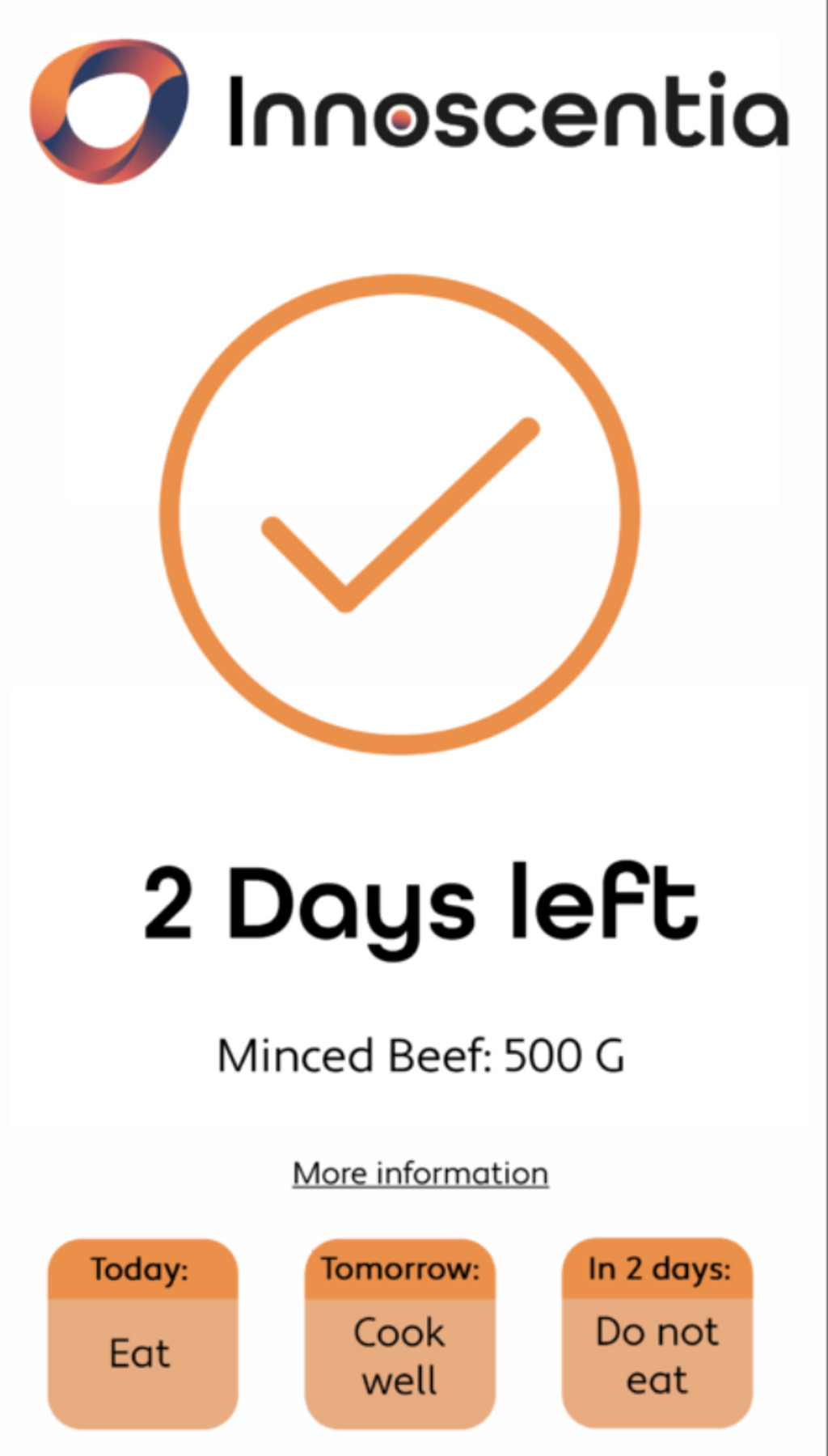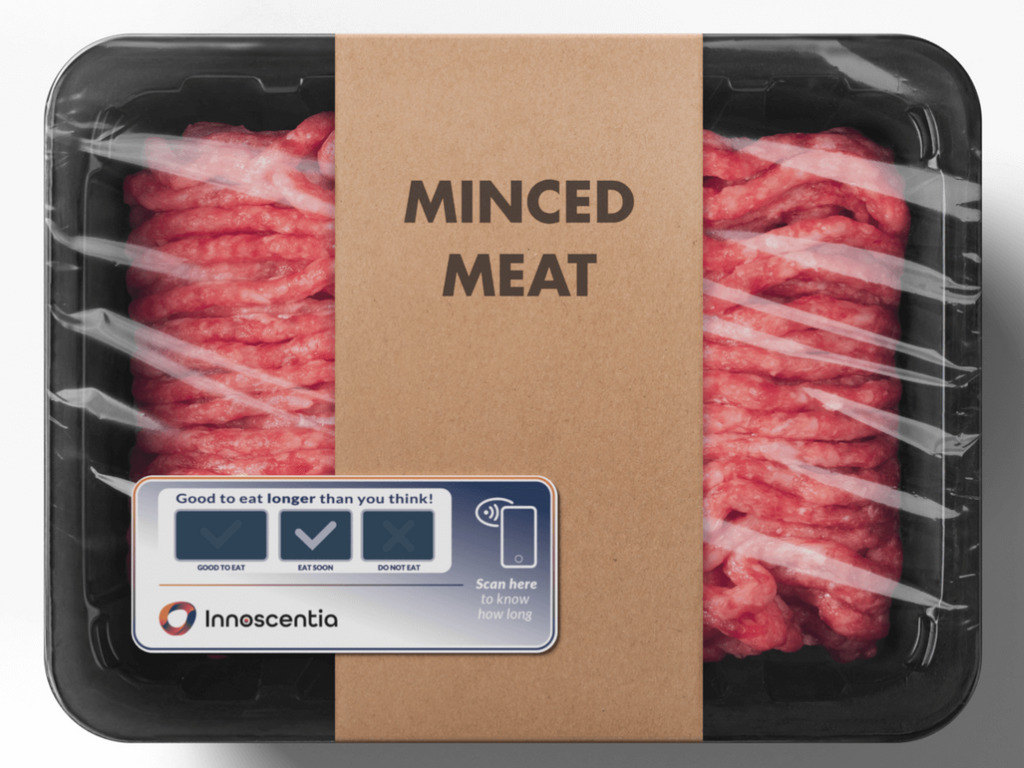3 Mins Read
Sensor technology firm, Innoscentia, recently collaborated with Ynvisible Interactive to enable real-time quality monitoring of food by providing a dynamic expiry date label for food packaging thus reducing the overall food waste.
The Swedish sensor tech firm, Innoscentia has created materials using Ynvisible’s display technology that help provide a dynamic expiry date label for food packaging. The collaboration aims to be an alternative to static expiry date estimates that can easily detect rotten food and reduce food waste.
With the help of dynamic sensor labels, buyers will be able to measure their food status in real-time. At the moment, vast amounts of food end up in the waste due to static expiry dates and these new labels will help show the user the correct shelf life of the product decreasing unnecessary waste.
After recent breakthroughs with our sensors, we are now ready to take the next step to produce a prototype, and we believe Ynvisible to be the optimal partner for this because of their experience and cutting-edge technology within printed displays and electronics. The results of the project will hopefully move us a big step closer towards disrupting the current labelling system of food and help us create a more sustainable food value chain in the future
Erik Månsson, CEO of Innoscentia
In the U.S alone, 113 billion pounds of food is wasted each year amounting to US$161 billion in losses and it is considered one of the major sources of rising carbon emissions, while Asia as a region is responsible for an eye-popping 50% of global food waste.

Erik Månsson, CEO of Innoscentia mentioned how the collaboration with Ynvisible can fuel the development of its digital sensor labels. “After recent breakthroughs with our sensors, we are now ready to take the next step to produce a prototype, and we believe Ynvisible to be the optimal partner for this because of their experience and cutting-edge technology within printed displays and electronics. The results of the project will hopefully move us a big step closer towards disrupting the current labelling system of food and help us create a more sustainable food value chain in the future.”
Apart from utilising Ynvisible’s display technology, Innoscentia is also working with Ynvisible’s R&D services to develop the label, that will also include system design and adaptation of the sensor for large scale production with printing processes.
Philip Holgersson, Business developer of Ynvisible, explained the crucial elements that are needed to integrate a display into a label for packaging. “Low power consumption, which enables wireless powering, flexibility, which enables a label-like form factor, and low cost, which is a must for integration on packages are the most important things needed for what we’re trying to do. From that perspective, no other display technology can compete with ours.”
Tech-for-good startup Too Good To Go, which fights food waste by connecting businesses with surplus food to consumers in their local communities, recently raised US$31.1 million in an investment round led by Blisc to further their commitment to reducing food waste.
Meanwhile, in Hong Kong, the Breadline web app that tackles food waste by linking up bakeries to volunteers who can collect leftover bread and redistribute them to people in need. Makan Rescue in Singapore, created by a group of university students, is another app that tackles food waste by notifying the city’s residents to free leftover food nearby.
If you’re in Hong Kong, check out this helpful composting guide to tackle the food waste in your city, and if you’re staying anywhere else in the world, explore ways on how you can reduce your waste footprint and contribute towards a better planet.
All images courtesy of Innoscentia.



